
As a gamer, I’ve definitely run into this: some open-world games look amazing, but quickly feel empty. You spend a ton of time running or riding around, and it turns out there’s not much actually to do. This list is about those games – the ones with huge maps that feel kinda lonely. I’m breaking down how easy it is to get around, how often you actually find something interesting, and if the quests are worth all that travel. Basically, I want to help you figure out if a game is actually packed with content, or if it’s just a big, beautiful time sink, before you invest a ton of hours into exploring.
‘Starfield’
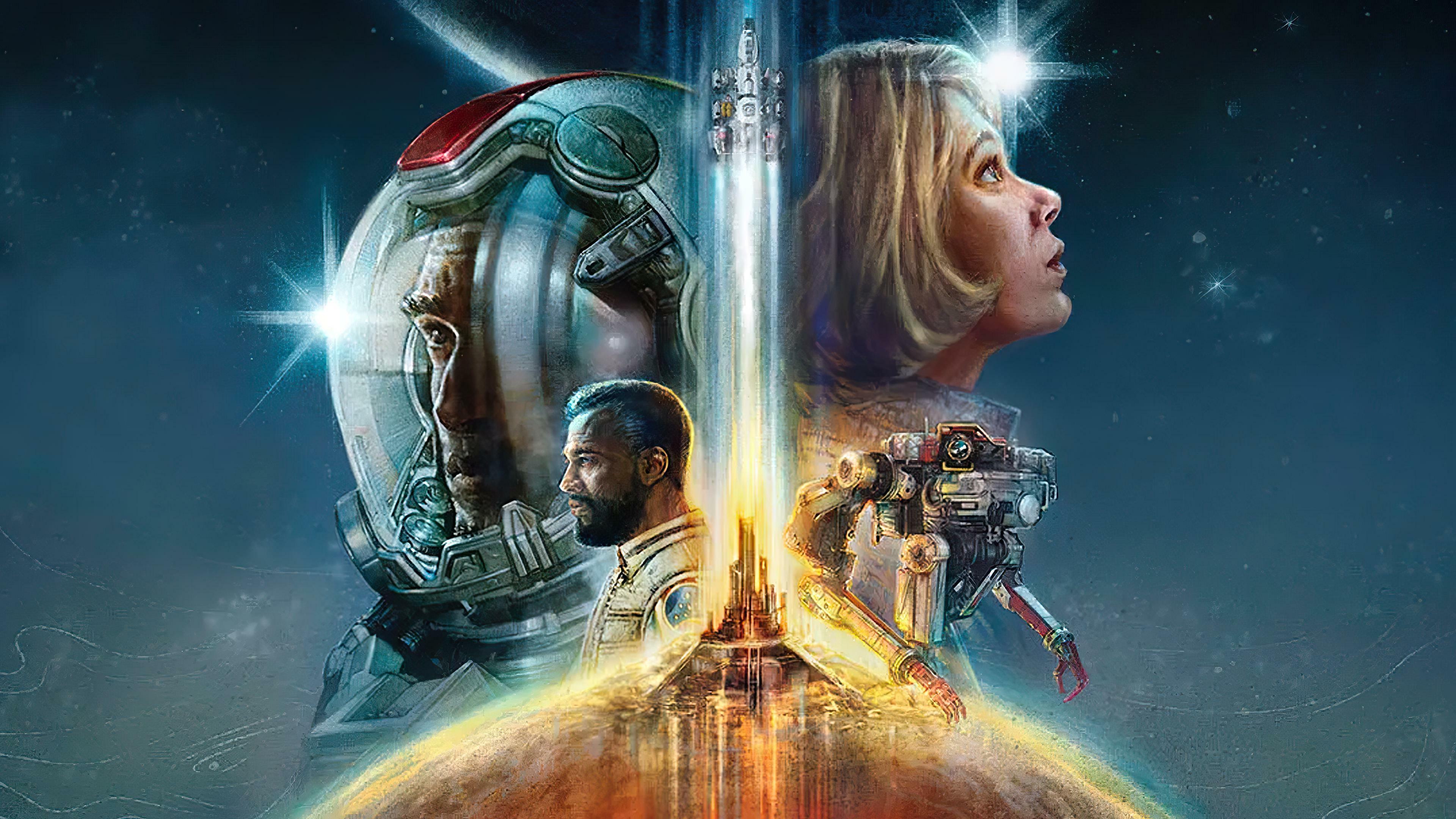
The game features vast planets with diverse environments, but traveling between interesting places can take a long time. Many landing spots feel similar, with the same types of resources and small buildings appearing on multiple planets. While fast travel is available, it often sends you to menus instead of letting you explore the world naturally. Cities are where you’ll find most shops and quests, and the areas outside of cities don’t offer much to discover.
‘No Man’s Sky’
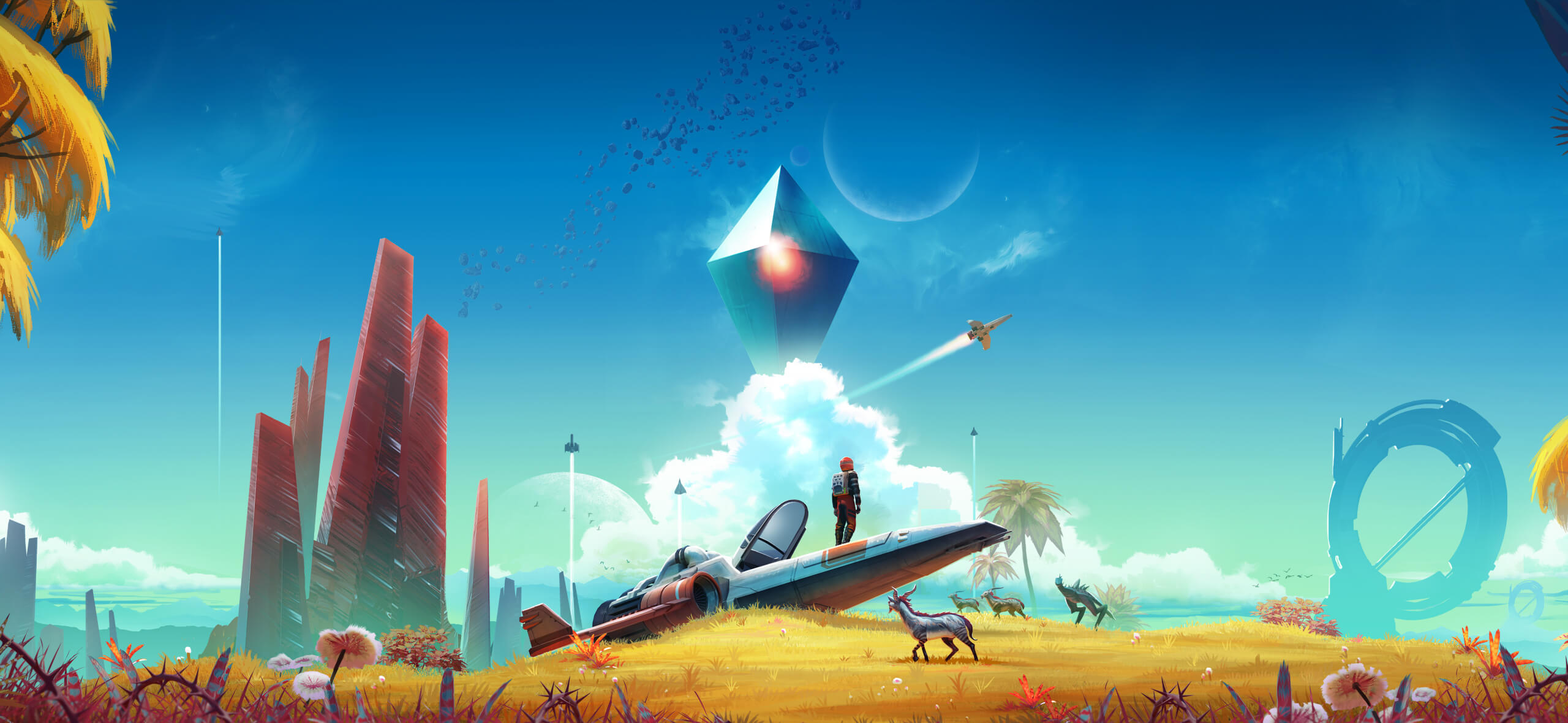
Planets are vast and feature repeating patterns of plants and minerals across different environments. While you’ll find life and structures, they’re often spread out, even when traveling by spaceship. The game focuses on exploring to collect resources and unlock new technology, rather than following a long series of quests. Space stations and trading hubs offer essential services, but the planets themselves can feel relatively empty at times.
‘Death Stranding’
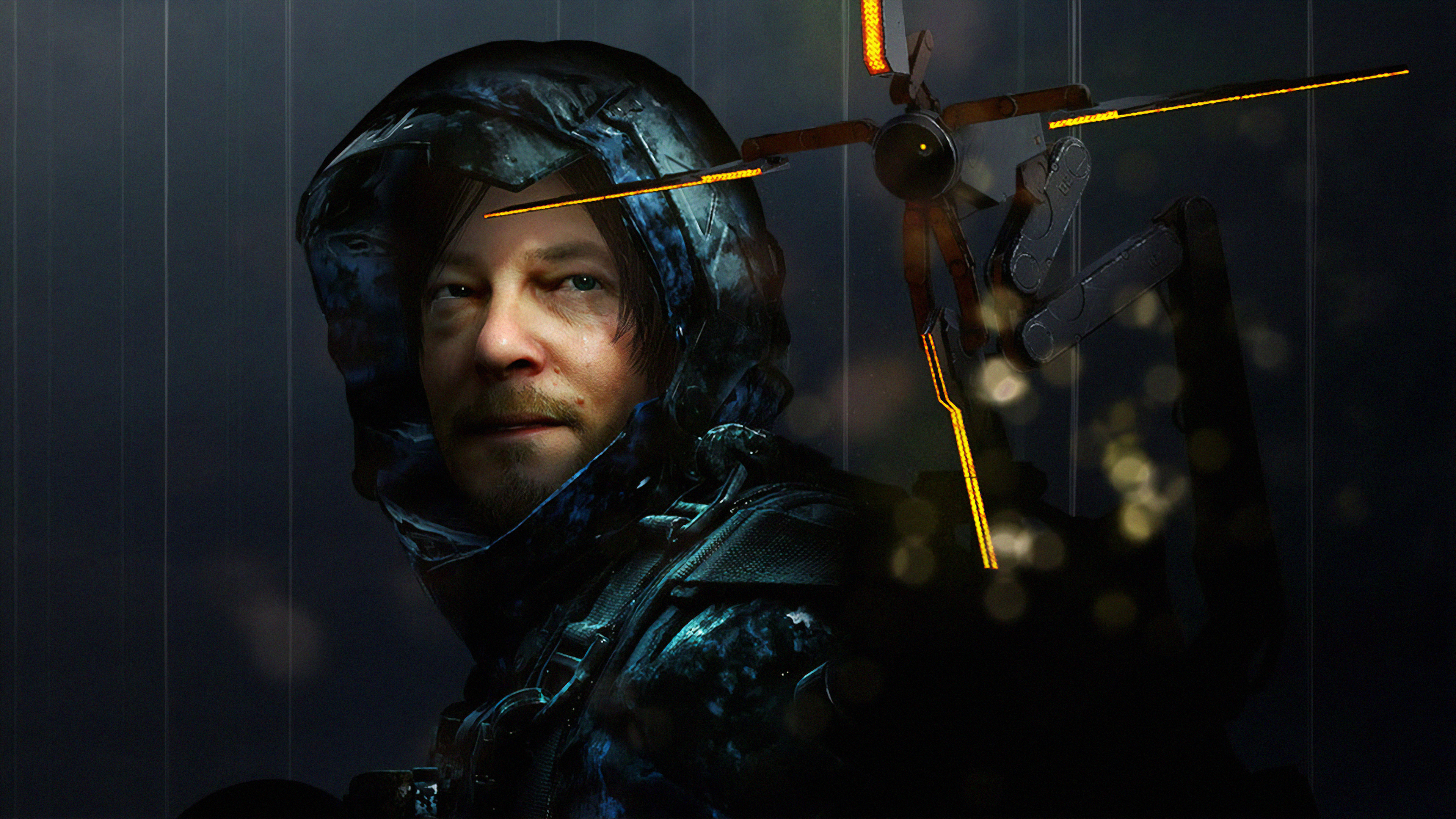
This map is designed for exploring a largely empty landscape of valleys and hills, with only a handful of towns and very few people. You’ll primarily travel between remote facilities to complete deliveries, making them your main points of contact. Getting around relies more on using the right tools and vehicles than fighting or visiting busy towns. Expect long hikes where planning your route is crucial, with occasional encounters along the way.
‘Mad Max’
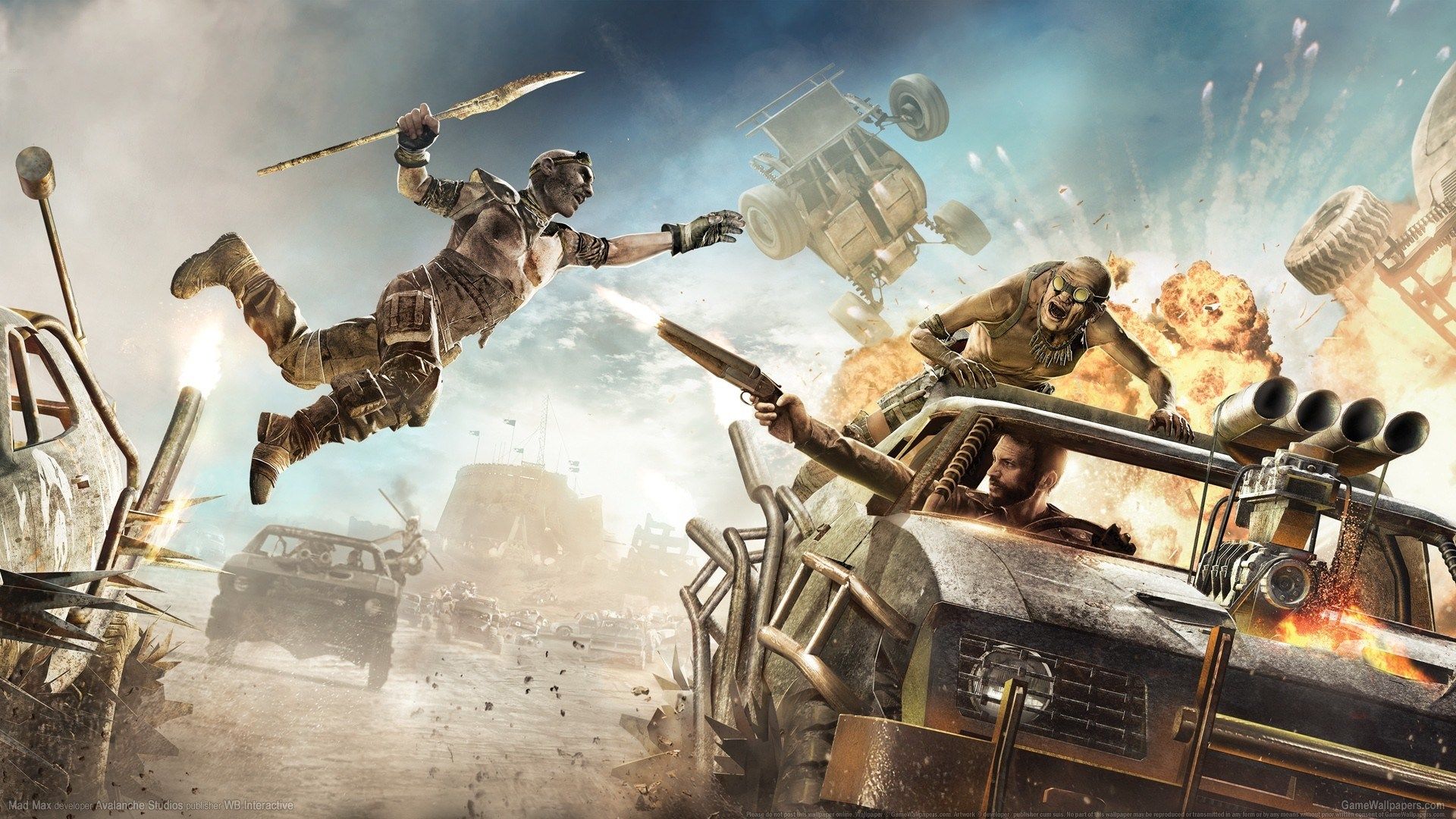
The desert landscape is made up of isolated strongholds and enemy bases, linked by long, open roads. You’ll progress by gathering scrap and upgrading your vehicle as you explore mostly empty areas. Random storms and convoys break up the monotony, but settlements are few and far between. A lot of missions require you to travel back and forth across the same desert terrain.
‘Just Cause 2’

The game features large islands and mountains offering expansive areas to explore, but with few buildings or sizable towns. Military bases and fuel storage facilities are common locations scattered throughout the map. Players will rely on tools like grappling hooks and parachutes to quickly travel between these key points, as the world isn’t filled with many tightly packed missions or activities. There’s very little sign of normal civilian life except in a handful of city centers.
‘Just Cause 3’
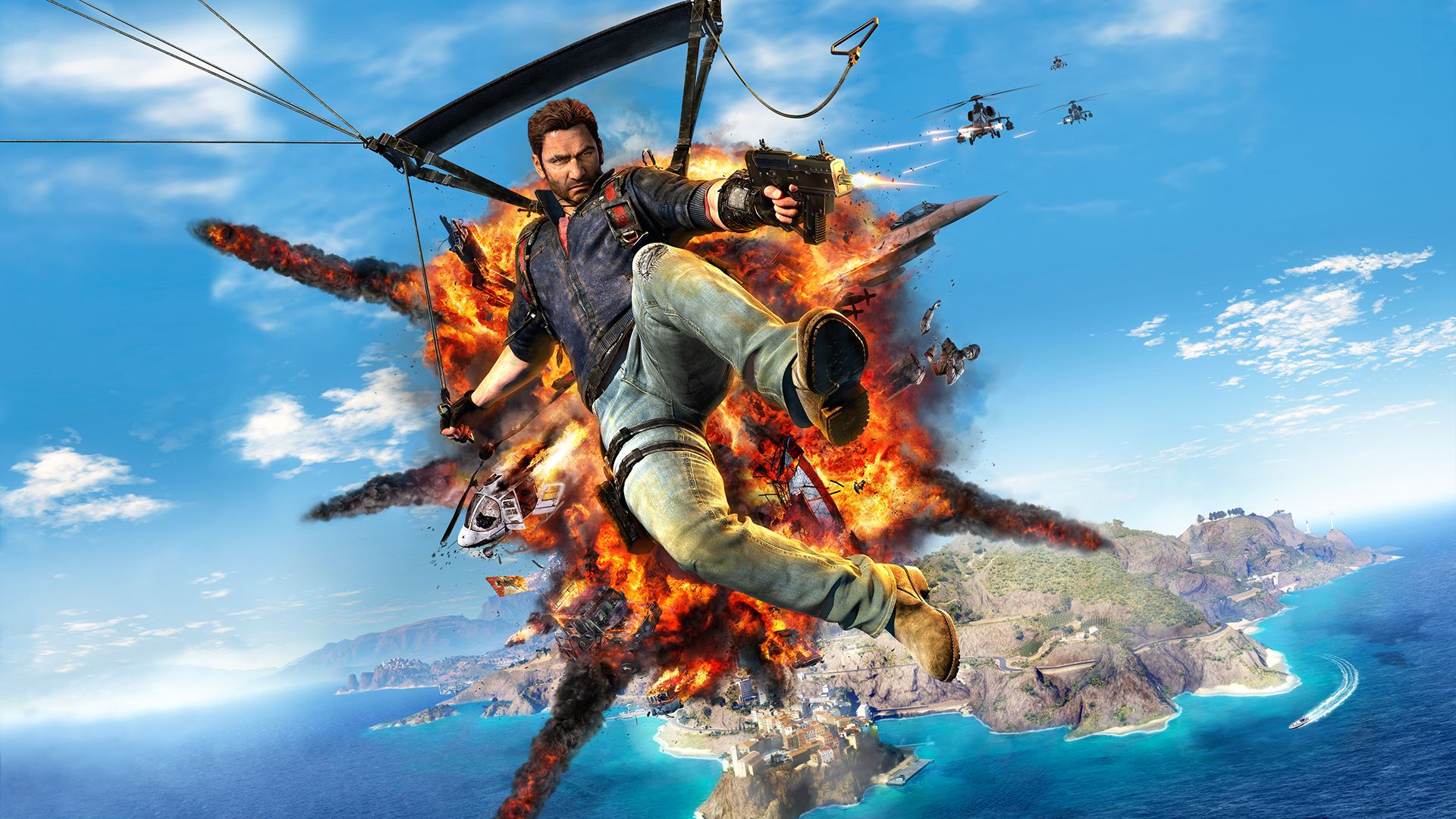
The game world features stunning views and vast distances between locations like bases and towns. Missions to liberate areas are straightforward, but require significant travel. While wingsuits and fast travel help you get around, optional activities are mostly found near military installations. Compared to the size of the world, there aren’t many indoor areas or densely built-up cities.
‘Fuel’
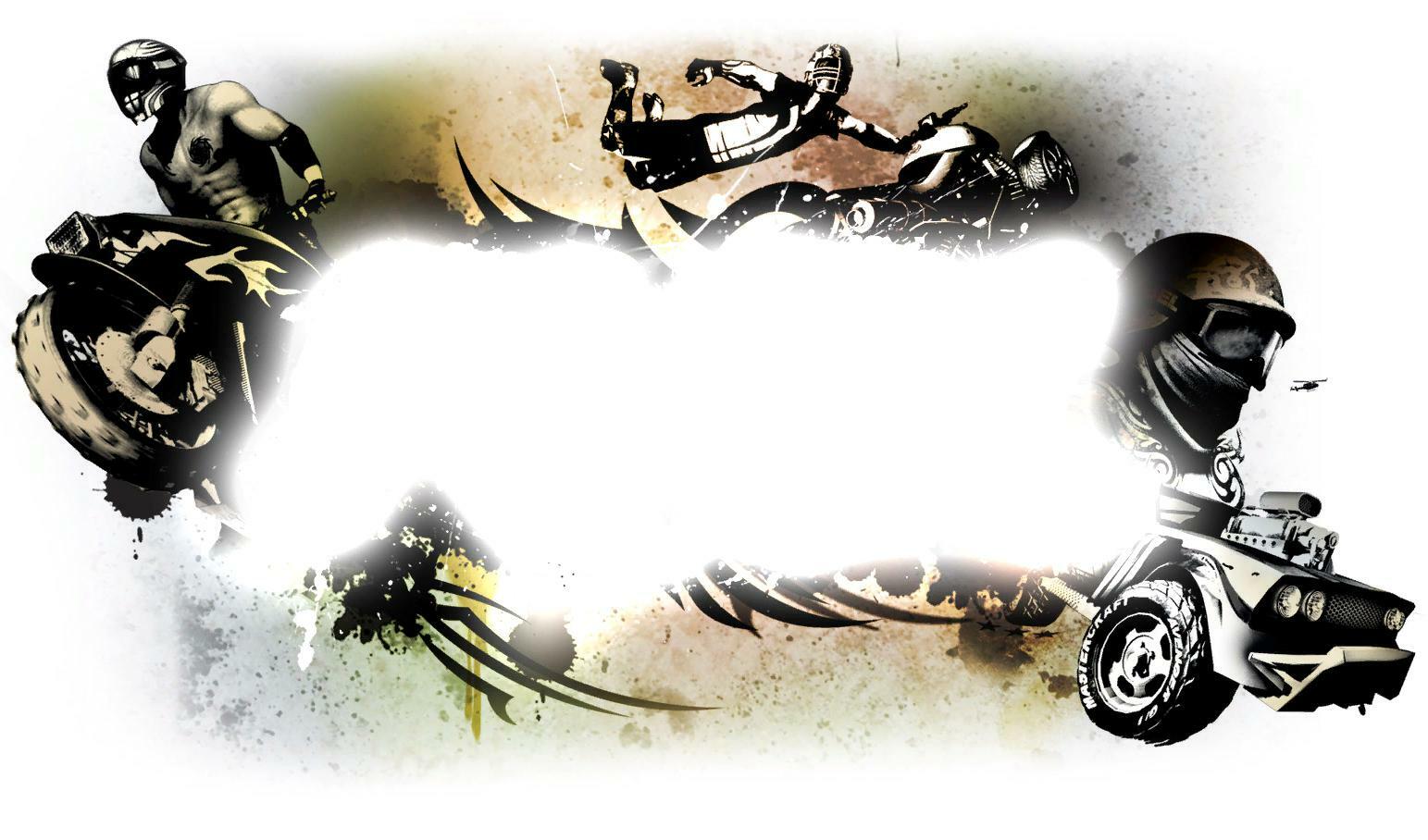
Driving games often feature vast, empty landscapes with few things to see or do. Races and challenges are spread out over long distances, and exploring off-road usually means finding mostly just collectibles. Compared to how big the game world is, there aren’t many places to stop, like service stations or interesting landmarks.
‘Rage 2’

As a player, I’ve noticed the map is a huge desert with bases and arks spread pretty far apart. You don’t see a lot of other players unless it’s a patrol, and the towns are pretty basic. Most of what you do is clear out enemy locations, which all look pretty much the same. Honestly, it takes way longer to drive to a place than it does to actually deal with whatever’s there!
‘Ghost Recon Breakpoint’

As a fan, I’d describe Auroa as a beautiful but pretty isolated place. It’s mostly forests and mountains, with only a few small towns and hidden tech installations. You spend a lot of time traveling between these little outposts and drone bases, often covering long distances. Most of the shops and places to hang out are clustered in a few main camps and one big hub. Honestly, a lot of the areas feel pretty similar, with the same enemy patrols and not a ton of distinct things to see.
‘Ghost Recon Wildlands’
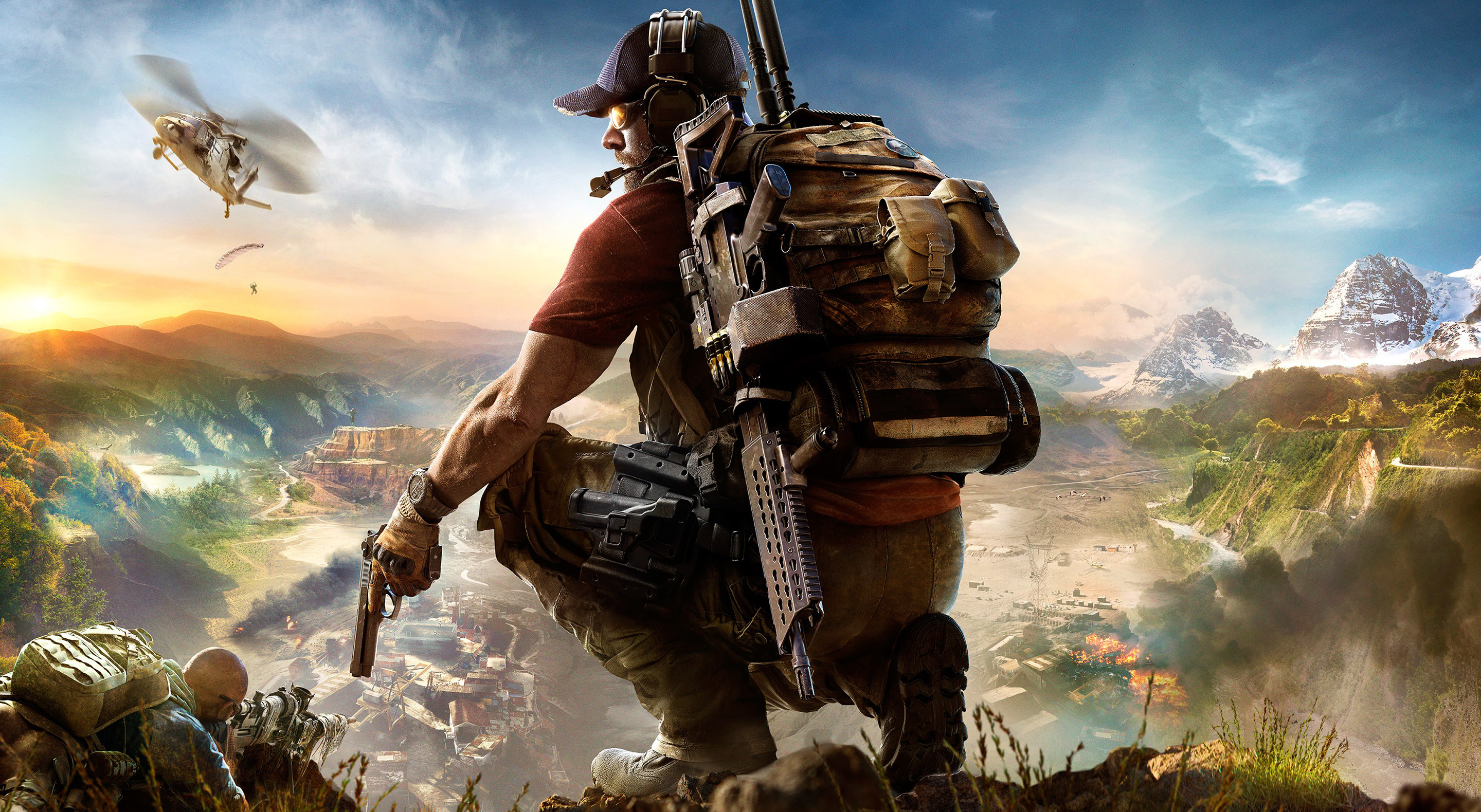
Across the challenging terrain, provinces have established bases and settlements. Those involved in the story generally live within small, fortified areas, while vast stretches of the wilderness remain largely uninhabited. Getting around quickly requires helicopters or fast travel options, as distances are significant. Towns and villages offer few amenities, mainly providing occasional information updates.
‘Metal Gear Solid V: The Phantom Pain’

The game features two expansive maps dotted with isolated bases connected by large, open areas. Gameplay centers around sneaking into enemy bases, with limited activity in between. Players rely on supply drops and teamwork to navigate the long distances across exposed terrain. Towns and buildings are relatively small compared to the vastness of the world.
‘Forspoken’

The game world is made up of large, flat areas and open fields dotted with magical points and treasure chests, but settlements and safe havens are uncommon away from the central city. Many optional tasks involve completing similar challenges at different locations. Getting between objectives often means long stretches of running and jumping, with few enemies or interesting things happening along the way.
‘Biomutant’
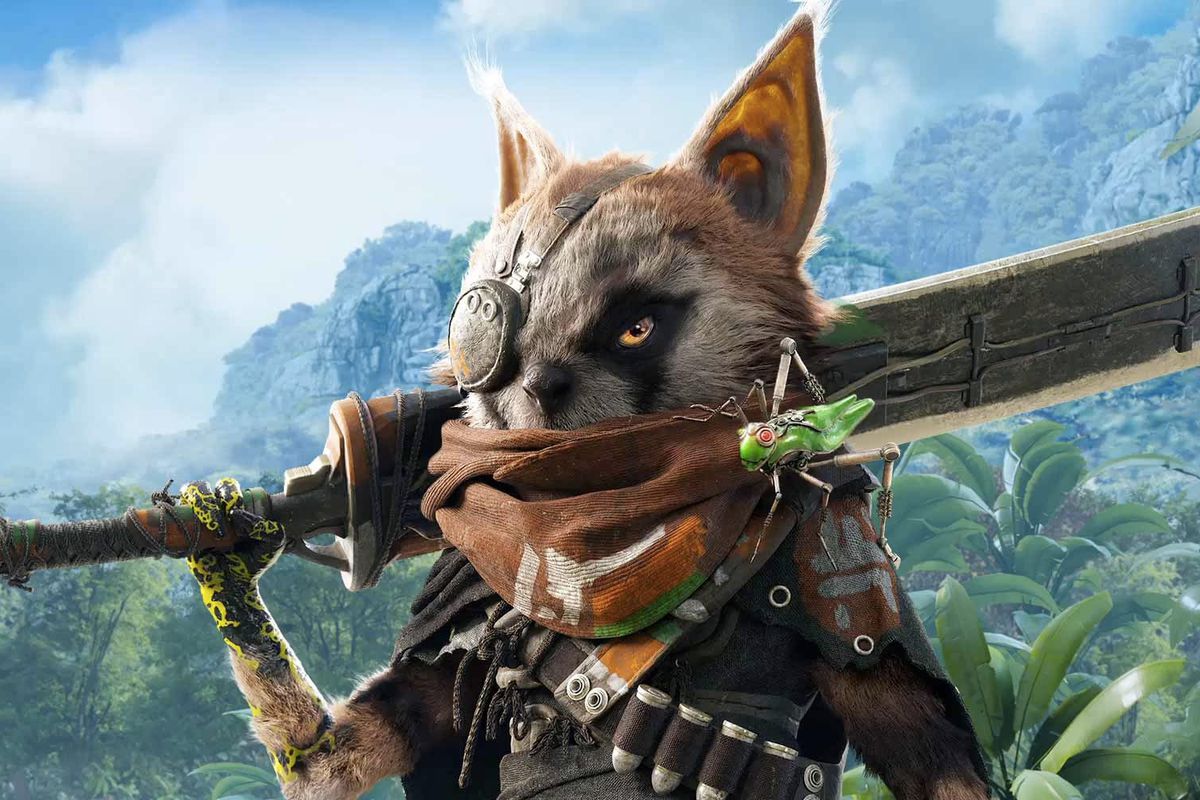
The game world features vibrant landscapes dotted with small towns and tribal outposts that are quite far apart. You’ll find similar-looking loot locations and bunkers spread across vast areas. While mounts and gliders help you travel, much of the world feels empty, and random encounters are rare. Many side quests require a lot of backtracking across these large regions.
‘Elex’
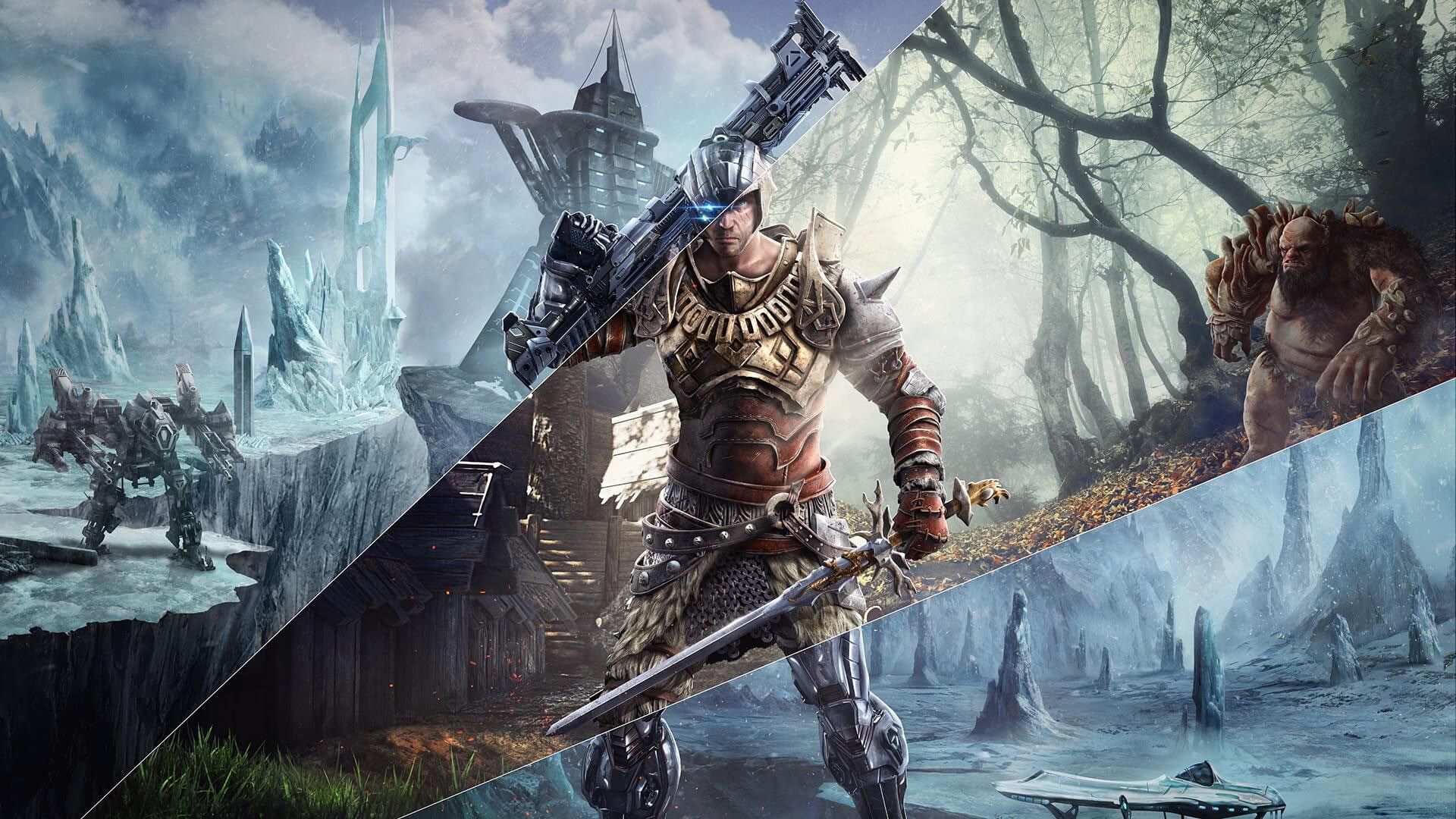
The game world is spread out, with settlements and groups located quite far apart. Dangerous creatures roam the land, making it risky to explore early on. Getting between quest locations involves lengthy journeys with few interesting things to find along the way. While a jetpack speeds up travel, it doesn’t offer any new experiences or encounters.
‘Elex II’

The world feels fragmented, with settlements and bases far apart and vast stretches of empty land between them. Quests send you to isolated spots across a large map, and you’ll encounter enemies and animals sporadically, not consistently. Most shops and crafting areas are grouped together in a few central locations, leaving little incentive to explore anywhere else.
‘Sea of Thieves’

The game’s ocean map features islands spread far apart, requiring significant sailing time to travel between them. These islands act as hubs for services and the open sea occasionally features short, spontaneous events. Island visits usually involve quick activities, after which players set sail again for long journeys. Because player activity changes from session to session, there can be extended periods of peaceful sailing.
‘The Crew’
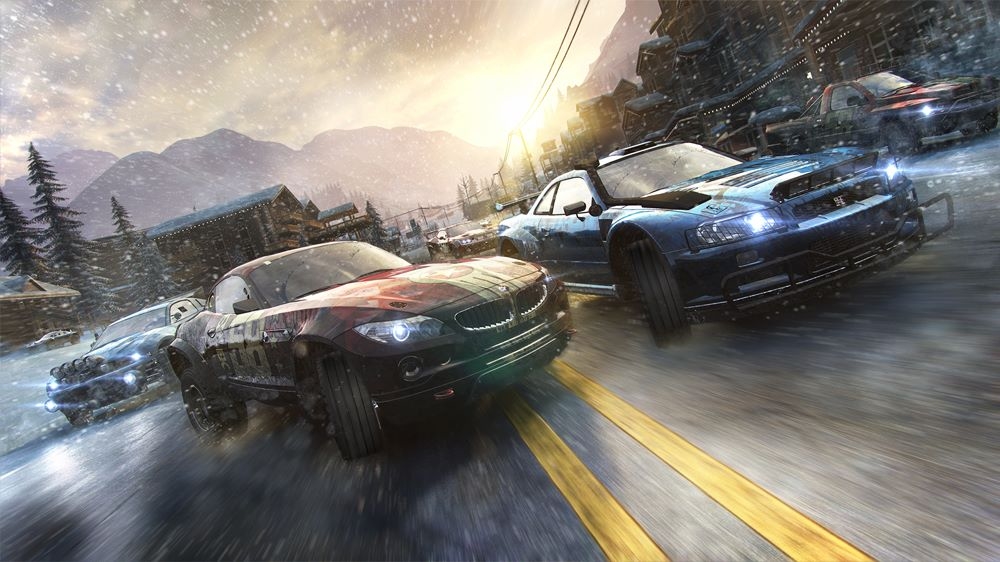
The game features a map of the United States linked by a vast highway system. While you drive, you’ll see a lot of landscape, but not much to do in most areas. Occasionally, you’ll encounter events or challenges, and small towns don’t offer much reason to stop. Mostly, you’ll be driving long distances between main event locations.
‘The Crew 2’
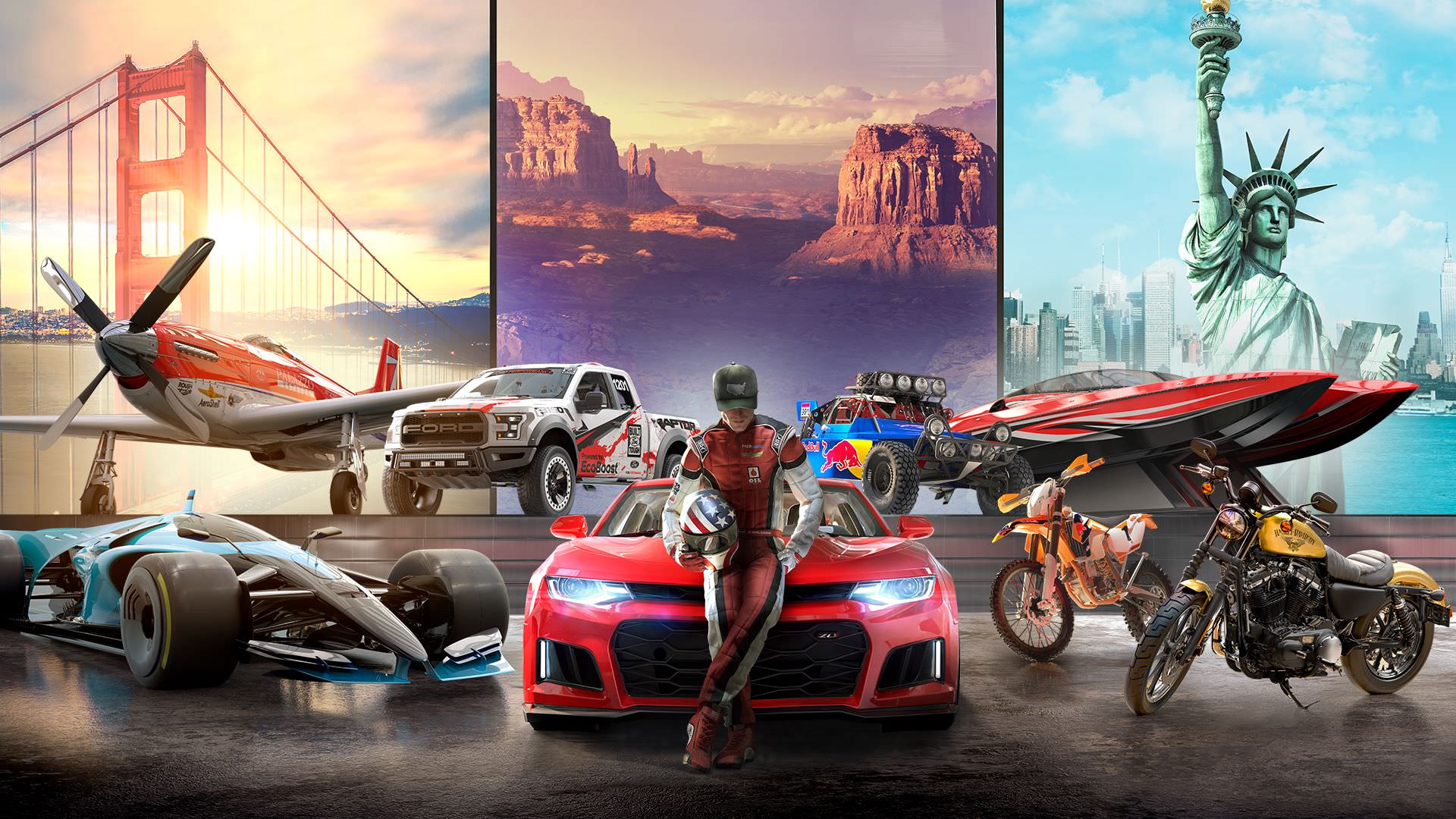
Okay, so the map is back and it’s HUGE – way more room to roam both on land and at sea. Most of the action happens at specific points, but honestly, a lot of your time is spent just getting to those places. They’ve let you switch up your rides, which is cool and keeps things interesting, but all the important stuff – menus, services, everything – is still kinda clumped together. Sometimes you can just drive around for a while without running into anything special, which can be a little slow.
‘Final Fantasy XV’
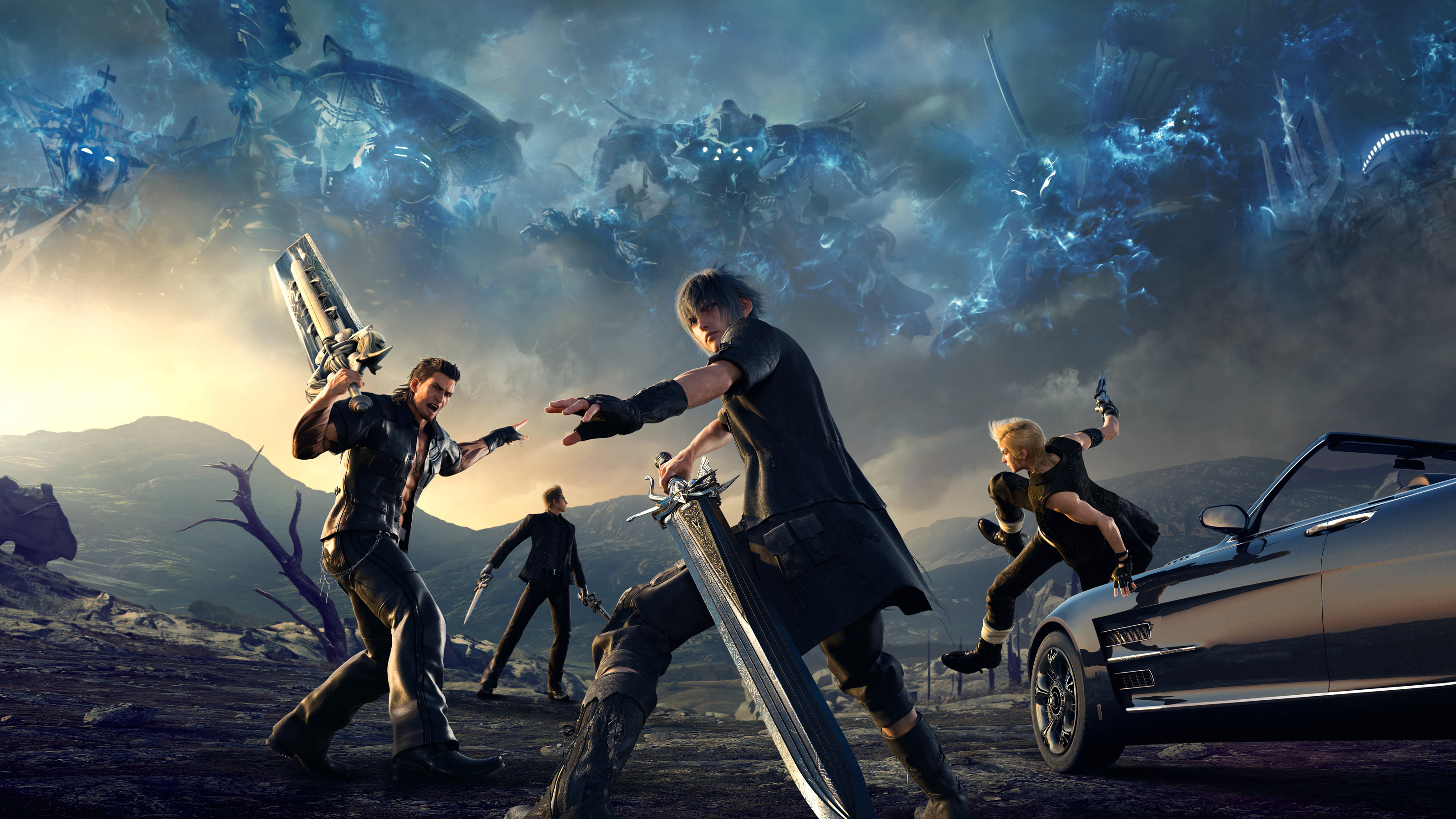
The game starts with vast, open landscapes dotted with isolated settlements connected by long roads. You’ll spend a lot of time traveling between these locations, completing hunts and side quests. While rest stops and diners offer essential services to advance the story, the wilderness mostly features minor encounters. A common gameplay pattern involves revisiting the same areas and routes repeatedly.
‘Two Worlds II’
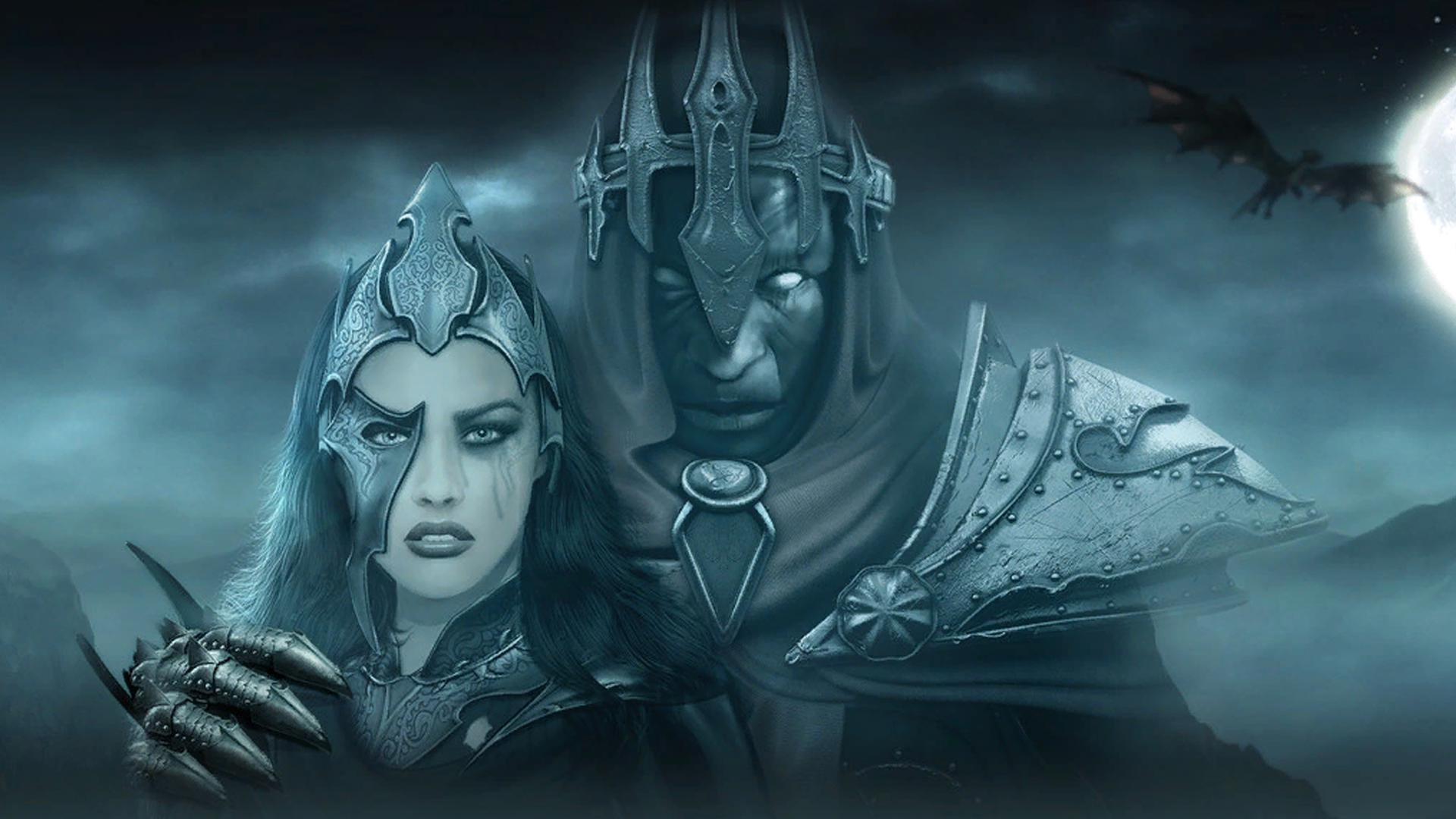
The game world features towns and characters who offer quests spread across expansive areas. Untamed wilderness lies between these settlements, with occasional random events. While the game encourages exploration through crafting and finding loot, buildings and dungeons aren’t very large. Because of the long distances, using fast travel points becomes necessary to avoid tedious journeys through repetitive scenery.
Let us know in the comments which large, open-world games you enjoy, even if they feel a bit empty. We’d love to hear about the games that still captivated you despite their quiet atmosphere.
Read More
- Fed’s Rate Stasis and Crypto’s Unseen Dance
- Blake Lively-Justin Baldoni’s Deposition Postponed to THIS Date Amid Ongoing Legal Battle, Here’s Why
- Dogecoin’s Decline and the Fed’s Shadow
- Ridley Scott Reveals He Turned Down $20 Million to Direct TERMINATOR 3
- Baby Steps tips you need to know
- Global-e Online: A Portfolio Manager’s Take on Tariffs and Triumphs
- The VIX Drop: A Contrarian’s Guide to Market Myths
- Top 10 Coolest Things About Indiana Jones
- Northside Capital’s Great EOG Fire Sale: $6.1M Goes Poof!
- A Most Advantageous ETF Alliance: A Prospect for 2026
2025-11-20 14:20